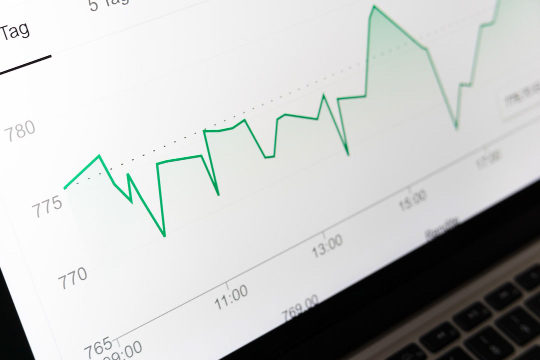But the rise of buybacks has been riddled with controversy. Academics, practitioners, and politicians alike have maligned the use of buybacks, taking issue with their potential contribution to income inequality, underinvestment in innovation, and use for personal enrichment. Buybacks and their implications for the long-term strength of the economy are controversial but not well understood. A deeper look at the topic reveals the following:
- Buybacks have become a global phenomenon over the past 20 years, with many companies viewing them as an attractive alternative to dividends in returning capital to shareholders. They are flexible, recycle excess cash to the economy, and provide tax advantages in certain jurisdictions.
- Buybacks have a number of pitfalls if not used carefully and in the right circumstances. These include:
- being used for personal gain and enrichment,
- poor timing of investment decisions, and
- contributing to excess leverage, leading to lower levels of resilience.
- Buybacks can add long-term value when the issues above are mitigated and key criteria are met. These criteria include:
- alignment with a company’s long-term plan,
- adequate liquidity buffers, and
- fulfillment of additional investment needs in R&D, talent, and CapEx.
The Dangers of Buybacks: Mitigating Common Pitfalls, provides a fuller explanation of these findings, beginning with an examination of buybacks and their attraction, followed by a deeper look at their pitfalls, and concluding with practical tools and guidelines for companies, investors, and policymakers to evaluate buybacks on their long-term merits.


